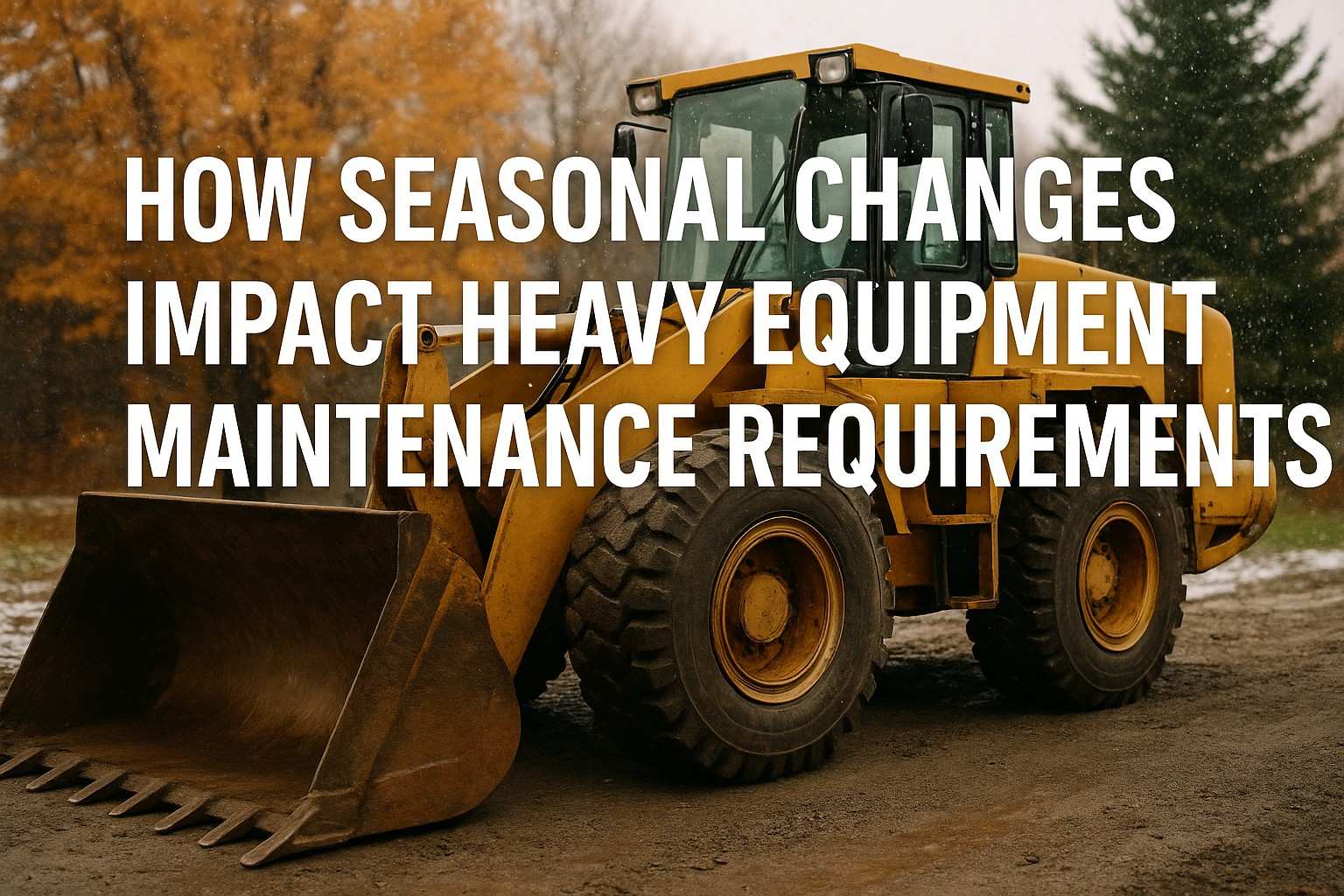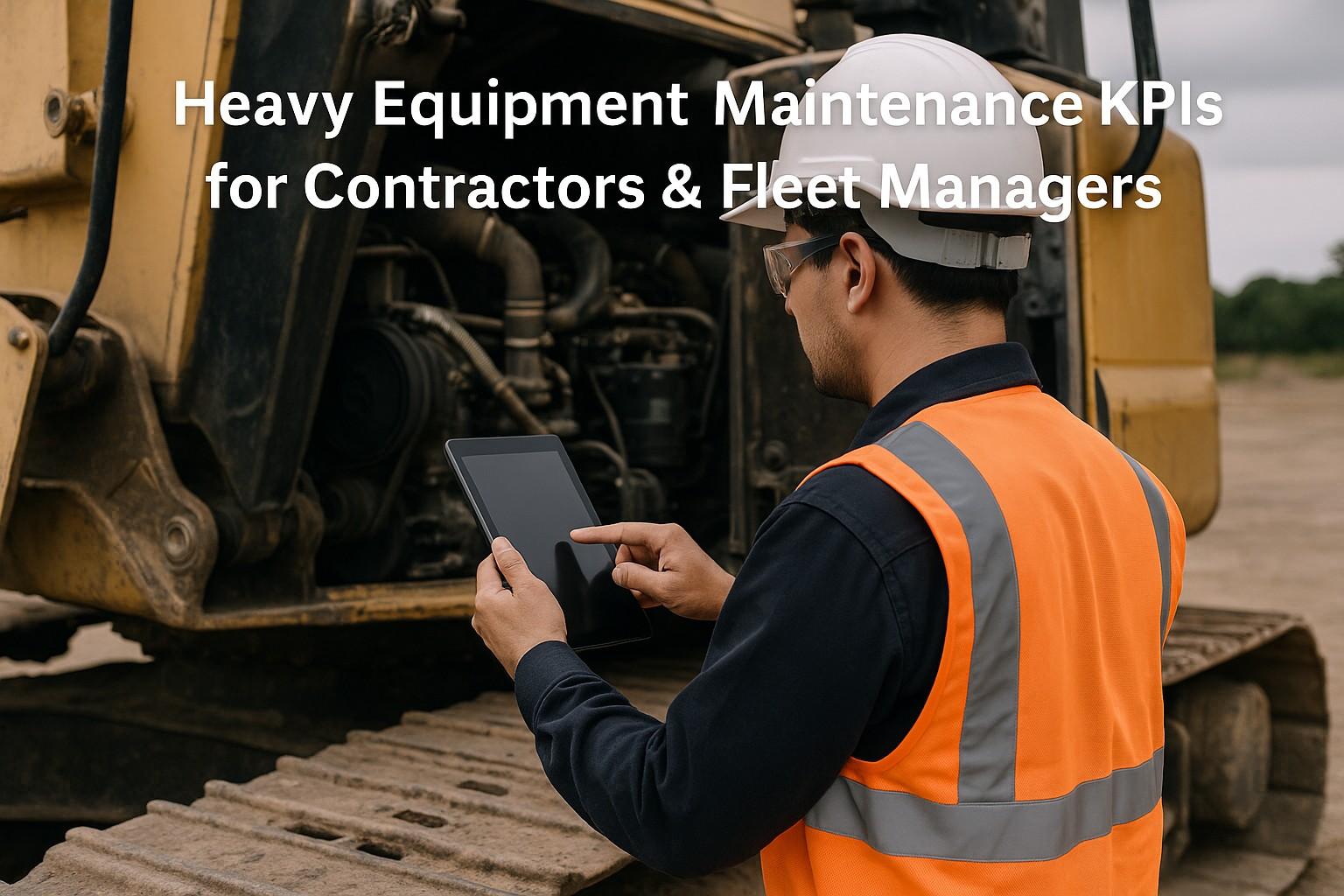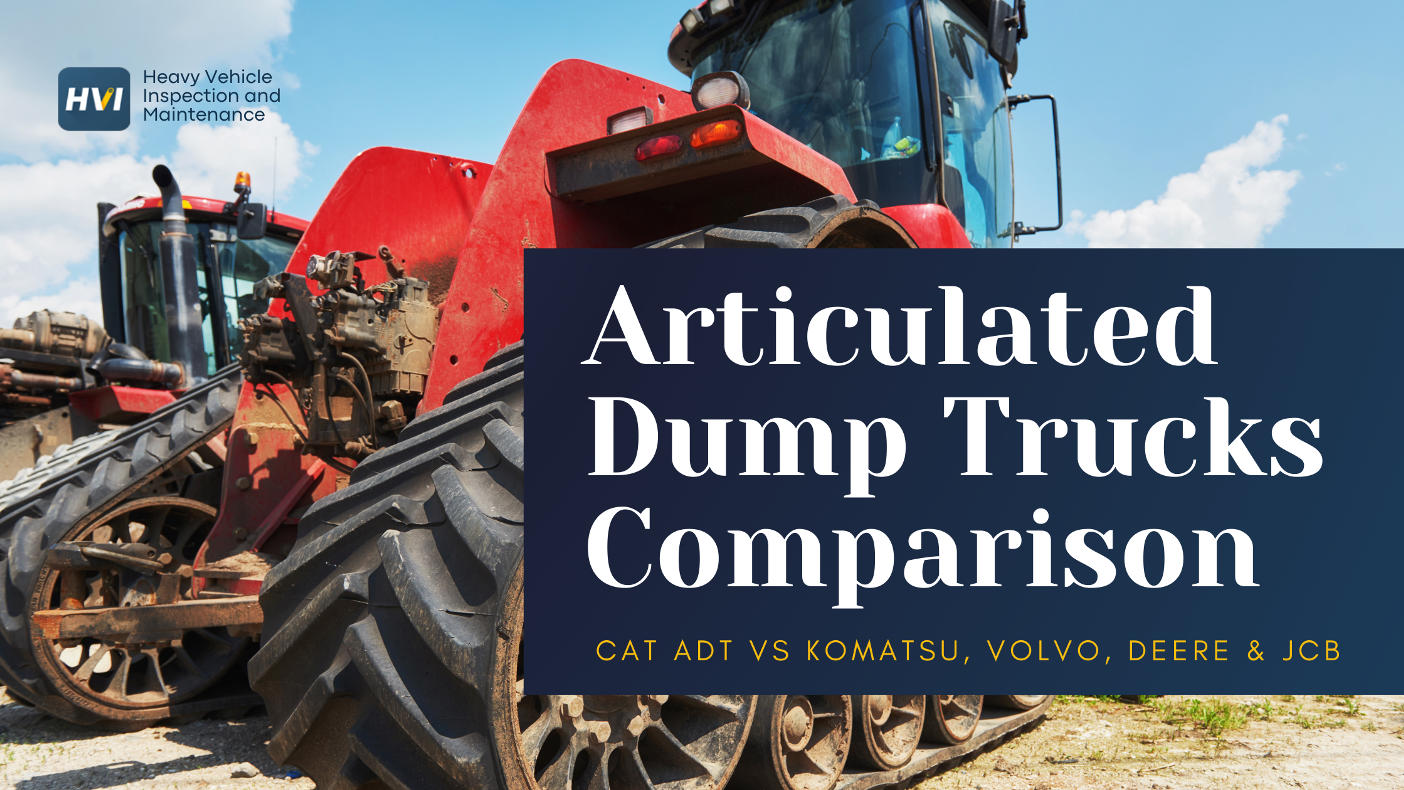Spare parts management plays a crucial role in maintaining fleet performance, especially in industries like construction, mining, and heavy transportation. Mismanaging spare parts can lead to costly downtime, delayed maintenance, and a drop in productivity. To ensure that your spare parts management process is as efficient as possible, it's essential to track the right Key Performance Indicators (KPIs).
Note: Join our latest webinar " Caterpillar - HVI Integration: Modernizing Equipment Operations and Extending Equipment Life" to learn how integrating real-time data from Caterpillar machines with the HVI app is modernizing equipment operations in the fleet and construction industry. Don't miss out on this opportunity! Watch recording.
With the Caterpillar-HVI integration, you can not only automate spare parts management but also closely monitor critical KPIs that directly affect your bottom line. Let’s dive into the most important KPIs for spare parts management and how this integration can improve them.
1. Spare Parts Availability Rate
Spare parts availability rate measures the percentage of time that the right parts are available when needed for repairs or scheduled maintenance. High availability is essential for minimizing delays in maintenance tasks.
Formula:
Spare Parts Availability Rate = (Number of Times Required Parts Are Available / Total Number of Maintenance or Repair Requests) × 100
Example: If 95 out of 100 maintenance work orders are fulfilled with all required parts in stock, your Spare Parts Availability Rate is 95%. By integrating with HVI, you can improve this rate to near 100%, thanks to real-time inventory checks and automated ordering from your Caterpillar dealership.
How Caterpillar-HVI Helps: The system automatically checks your inventory when generating work orders. If any parts are missing, it triggers an automated order, ensuring parts are available when needed, improving this KPI significantly.
2. Lead Time for Spare Parts Procurement
This KPI tracks the time it takes to procure spare parts, from the moment a part is identified as needed until it arrives in your inventory. Shorter lead times ensure that repairs and maintenance tasks are completed on schedule.
Formula:
Lead Time for Procurement = Total Time for Parts Procurement / Number of Parts Procured
Example: If it currently takes an average of 5 days to procure spare parts, and you reduce this lead time to 2 days using automated ordering through the HVI system, you not only speed up maintenance but also reduce equipment downtime.
How Caterpillar-HVI Helps: The automated ordering feature places orders directly with your Caterpillar dealership as soon as parts are identified as missing, significantly reducing lead times and ensuring timely maintenance.
3. Inventory Turnover Rate
The inventory turnover rate measures how frequently your spare parts inventory is used and replenished. A higher turnover rate indicates efficient use of inventory without overstocking, while a lower rate suggests that too much capital is tied up in unused parts.
Formula:
Inventory Turnover Rate = Total Cost of Parts Used / Average Inventory Value
Example: If your inventory turnover rate improves from 3 to 6 after implementing HVI’s real-time inventory monitoring and automated ordering, this means you're using parts more efficiently and reducing excess stock.
How Caterpillar-HVI Helps: By providing real-time data on parts usage and availability, the HVI system helps you maintain an optimal inventory level, reducing waste and improving turnover rate.
4. Stock-Out Rate
The stock-out rate measures how often you run out of critical spare parts when they are needed. A high stock-out rate indicates poor inventory management and can lead to increased downtime and maintenance delays.
Formula:
Stock-Out Rate = (Number of Stock-Out Events / Total Number of Maintenance Requests) × 100
Example: Before implementing the Caterpillar-HVI integration, you may have experienced a stock-out rate of 15%. After automating inventory checks and ordering, this rate can drop to less than 5%, significantly improving your fleet's operational efficiency.
How Caterpillar-HVI Helps: By automatically checking for required parts when work orders are generated, the system reduces the likelihood of stock-outs, ensuring that critical parts are always available for scheduled maintenance.
5. Maintenance Downtime Due to Spare Parts Unavailability
This KPI tracks the amount of downtime caused by spare parts not being available. Reducing this downtime is crucial for improving operational efficiency and minimizing the impact on project timelines.
Formula:
Maintenance Downtime Due to Parts Unavailability = (Total Downtime Hours Due to Missing Parts / Total Downtime Hours) × 100
Example: If 30% of your equipment downtime is due to unavailable spare parts, you can aim to reduce this to less than 10% with Caterpillar-HVI’s real-time inventory monitoring and automated ordering capabilities.
How Caterpillar-HVI Helps: The Caterpillar-HVI integration prevents maintenance delays by ensuring the necessary spare parts are ordered and delivered well before the maintenance date, reducing downtime significantly.
6. Cost per Order
The cost per order KPI measures the total cost incurred per spare parts order, including procurement costs, shipping, and handling. Lowering this cost can lead to significant savings over time.
Formula:
Cost per Order = Total Cost of Spare Parts Procurement / Number of Orders Placed
Example: If your cost per order is currently $200 and you reduce it to $150 using Caterpillar-HVI’s automated ordering feature, you can realize substantial savings across multiple orders throughout the year.
How Caterpillar-HVI Helps: With automated ordering, your procurement process becomes more efficient, lowering the cost per order by reducing the need for emergency orders, rush shipping, and manual labor costs.
7. Return on Investment (ROI) in Spare Parts Management
This KPI measures the financial return you gain from investing in optimized spare parts management processes, including automation and integration with systems like Caterpillar-HVI.
Formula:
ROI = (Cost Savings from Reduced Downtime and Optimized Inventory / Total Investment in Spare Parts Management) × 100
Example: If the Caterpillar-HVI integration reduces downtime and improves inventory efficiency, resulting in savings of $50,000, and your investment in the system is $20,000, your ROI would be 250%, making the integration a highly valuable investment.
How Caterpillar-HVI Helps: By automating inventory management, reducing stock-outs, and lowering procurement costs, the HVI system delivers a high return on investment through improved efficiency and reduced downtime.
Track Your KPIs and Maximize Spare Parts Efficiency with Caterpillar-HVI Integration
Want to improve your spare parts management KPIs and reduce costly downtime? The Caterpillar-HVI integration provides automated inventory checks, real-time ordering, and detailed KPI tracking to help you manage spare parts more efficiently. Start monitoring key metrics like parts availability, lead time, and ROI to streamline your operations and boost profitability.
Take control of your spare parts management with HVIdata-driven insights!
Top 5 Frequently Asked Questions About Spare Parts Management
1. What are the most important KPIs for spare parts management?
The most critical KPIs for effective spare parts management include Spare Parts Availability Rate, Lead Time for Procurement, Inventory Turnover Rate, Stock-Out Rate, Maintenance Downtime due to Parts Unavailability, Cost per Order, and ROI in Spare Parts Management. These metrics help fleet managers track performance, identify inefficiencies, and make data-driven decisions to optimize their spare parts inventory while minimizing costly equipment downtime in construction, mining, and heavy transportation industries.
2. How can automated spare parts management reduce equipment downtime?
Automated spare parts management significantly reduces equipment downtime by maintaining optimal inventory levels through real-time monitoring, automatic ordering when stock falls below predetermined thresholds, and ensuring critical parts are available before scheduled maintenance. Systems like the Caterpillar-HVI integration can decrease downtime by automatically checking inventory when generating work orders and triggering orders for missing parts, potentially reducing parts-related downtime from 30% to under 10% while maintaining a spare parts availability rate near 100%.
3. What is the formula for calculating ROI in spare parts management?
The Return on Investment (ROI) in spare parts management is calculated using the formula: ROI = (Cost Savings from Reduced Downtime and Optimized Inventory / Total Investment in Spare Parts Management) × 100. For example, if implementing a solution like Caterpillar-HVI integration saves $50,000 through reduced downtime and improved inventory efficiency against a $20,000 investment, the ROI would be 250%, demonstrating significant financial benefits from optimized spare parts management.
4. How does real-time inventory tracking improve fleet maintenance efficiency?
Real-time inventory tracking improves fleet maintenance efficiency by providing accurate visibility of available parts, eliminating manual inventory checks, preventing unexpected stock-outs, and enabling proactive ordering. With solutions like the Caterpillar-HVI integration, maintenance teams can schedule work confidently knowing required parts will be available, while inventory managers can maintain optimal stock levels with automated ordering systems. This reduces lead times from days to hours, increases inventory turnover rates, and ensures critical maintenance is completed on schedule.
5. What are the benefits of integrating Caterpillar equipment data with spare parts management?
Integrating Caterpillar equipment data with spare parts management through the HVI app delivers numerous benefits including predictive maintenance capabilities, automated inventory monitoring, reduced procurement lead times, and lower stock-out rates. The integration enables real-time diagnostics that identify potential failures before they occur, automatically orders required parts based on actual usage patterns, reduces manual procurement processes, and provides comprehensive KPI tracking. These improvements typically result in near-100% parts availability, reduced equipment downtime, optimized inventory levels, and a significant ROI through more efficient maintenance operations.




